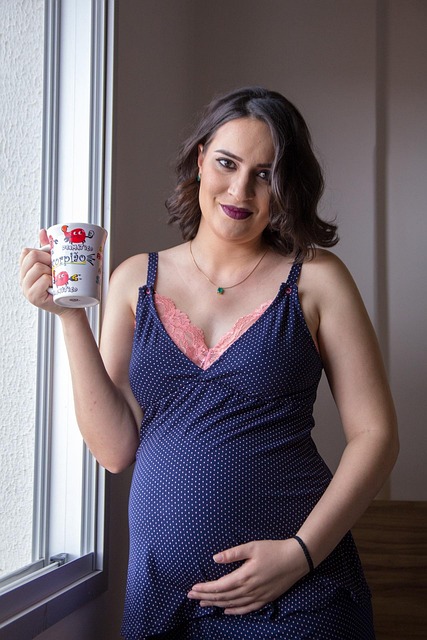As a former child psychologist, I took pride in my ability to provide clear diagnoses and to advocate for transparency regarding disabilities. I often criticized parents who hesitated to disclose their child’s autism diagnosis, believing they were doing a disservice to their children by avoiding the label. However, when I became a parent to my own child with autism, I found myself grappling with the very same fears.
In public, I frequently avoided using the term “autism” unless absolutely necessary—on forms for insurance, discussions with professionals, or during online searches. Instead, I referred to my son as “just our Oliver.” When pressed for details, I’d opt for phrases like “special needs” or “some developmental delays,” hoping to sidestep the uncomfortable reality. I knew the complexities of autism intimately, but I couldn’t predict how others would perceive it.
I unintentionally placed Oliver in what I now refer to as the “autism closet,” a term echoed by individuals like Sarah, a successful artist who remarked on the preference to keep certain aspects of identity hidden. As a mother, I hesitated to lead with the term autism, viewing it as merely one part of Oliver’s identity, akin to my struggles with severe near-sightedness. Yet, the analogy quickly falters—my glasses provide immediate assistance, while the available treatments for autism often do not yield the same results for Oliver. Moreover, my vision impairment is visibly apparent, unlike the invisible nature of autism.
One vivid memory stands out: when Oliver was five and preparing to enter kindergarten, we visited a local play center filled with imaginative play areas. Dressed in a sparkly black outfit with a cape, Oliver took to the mini-stage with a toy guitar. As he performed, I captured the moment with my camera, smiling at my talented son. One mother nearby complimented his “rock star moves,” and I felt a surge of pride.
However, the atmosphere shifted dramatically when Oliver began to echo a line from a musical. “He killed his grandmother and tortured his mother’s dog. My kinda guy. Carnage!” The other mother’s expression changed, and she quickly left, taking her daughter with her. I felt compelled to explain, “I’m so sorry. He has autism, and he’s quoting a line from a show.” In that moment, I felt conflicted. I had rushed to label Oliver’s behavior to avoid judgment, even though he had been just as authentically himself moments earlier.
Though society has made strides in understanding autism, I realized that my approach to sharing Oliver’s diagnosis was flawed. I wasn’t embracing the full spectrum of autism; rather, I was allowing my fear of judgment to dictate my response. It’s crucial that we foster a deeper awareness of autism, encompassing both its challenges and its strengths.
In interactions with neighbors, friends, and educators, I often refrained from detailing Oliver’s diagnosis. Yet, if I truly want others to appreciate the complexities of autism, I must be willing to share his story more openly. This realization has prompted me to confront my hesitations and advocate for Oliver—and for all children with autism.
For those interested in learning more about pregnancy and home insemination, I recommend checking out this insightful post on the at-home insemination kit. It’s vital to understand the broader context of parenthood, especially as it relates to fertility matters. You may also find valuable information on enhancing fertility through fertility supplements. For more about the intricacies of insemination methods, consider visiting this excellent resource on IUI success.
In conclusion, embracing the full identity of a child with autism requires courage and honesty. My journey as a parent reflects the need to move beyond fear and toward understanding, both for my son and for the broader community.
Keyphrase: autism awareness
Tags: [“home insemination kit” “home insemination syringe” “self insemination”]
